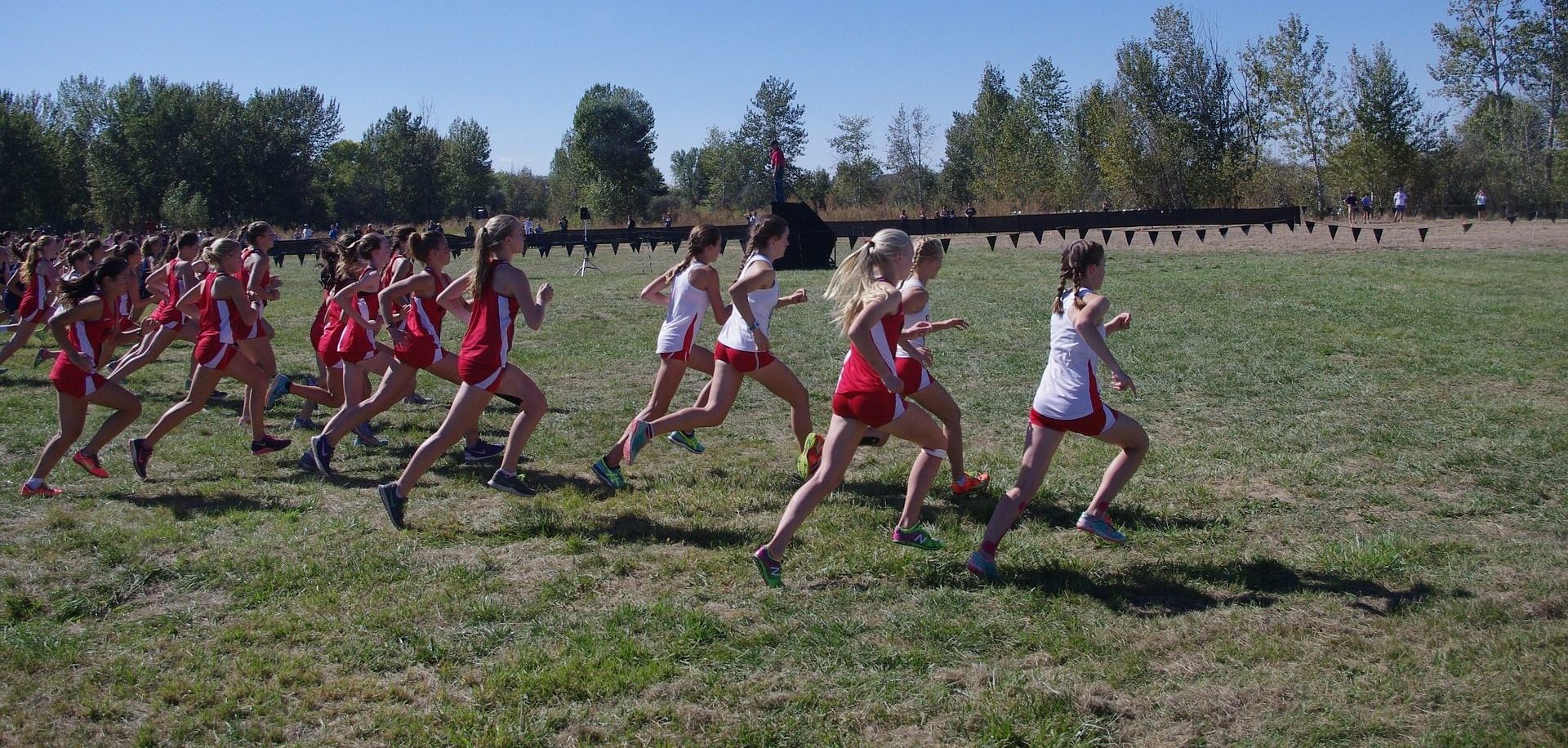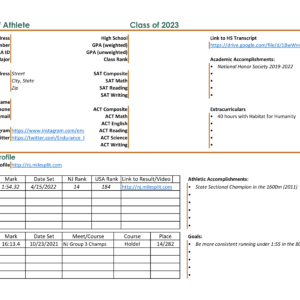Recruiting 101 - How to Get Noticed

When it comes to recruiting, getting noticed is cheap, getting in contact is gold.
Recruiting is one of the most misunderstood processes within our sport. Being recruited doesn’t require setting a national caliber time, but it does require time and putting yourself out there if you want it to be a good experience and get the best scholarship at the best school you can find.
What Does It Mean to “Get Noticed”
What really matters in this process is how to get in contact with a coach. It’s about starting a dialogue for you and a coach to decide how much the opportunity is worth pursuing.
When it comes to recruiting, getting noticed is cheap, getting in contact is gold. So what are the best ways to not only get noticed, but have it result in a contact?
1. Send an Email
Every other method of “getting noticed” relies on coaches essentially stumbling across you and then taking the time to find a way to get in touch with you. It’s impossible for me to be at every meet. It’s easy to miss a result. It can be challenging to track down your contact information. An email puts you in front of me immediately and solves all of those problems.
No matter how fast or slow you have run, when I see an email from a recruit it is going to be read. While I can’t speak for all coaches, most of us are fairly diligent with replying especially to one that is well written. Don’t know what a well written email looks like? Read here.
2. Run Fast
For better or worse, this is what everyone thinks is the only answer. Running fast will always help, but if you aren’t on the first page of your state’s MileSplit results then you’re just rolling the dice hoping to get noticed.
The biggest downside of relying solely on posting good marks is that you’re still left with inconsistent results. Think of how many schools are out there, even just in your home state. How good do you have to be for 100% of them to unanimously find your results, look you up, find a way to contact you, then follow through?
This eventually breeds the bad idea that athletes should play hard to get and only talk to schools that reach out to them first. There are thousands of great times being posted every year. Even the best coaches will have a few names fall through the cracks. Unless you’re winning everything in sight and running national caliber times, you might never hear from your dream school just because you thought you were too good to send an email.
You can post the fastest time in Arkansas and there’s a fair chance I’ll never hear about it up in New York. If that’s an opportunity you’d like then it’s always better to take the recruiting process into your own hands and trust that you can sell yourself better than coaches can find you.
3. Use a Recruiting Service (with an agent)
This is the most common method we see with international recruits, but almost never for domestic athletes. A recruiter will meet with the athlete, collect any pertinent information and documents, then contact schools for you by relaying that information. With this, I can build a relationship with a handful of recruiters or their company and often times they’ll understand what we’re looking for and do a decent job matching recruits with us.
These services also help save us time by giving us an idea about budgets, personalities, marks, history, etc. The downside is that services like these can get pricy. You can still get very similar results with a good email and attaching things like transcripts or meet results, but as a service it’s a big step up if you don’t wont to do the legwork to find coaches contact information (not a difficult thing to do).
4. Use a Recruiting Service (email service)
I’m fairly vocal about my dislike for these and it’s for one huge reason: I have no idea if you’d even be interested in my school
I get dozens of recruits put in front of me every day from recruiting services. They aren’t screening these athletes to match them up with my school, they’re just putting athletes from all across the country in front of me and telling recruits how big their exposure will be. Unfortunately, 95% of those will lead no where for the athlete. After all, how many kids from Nebraska are looking to go to a private school in New York? Why is the kid from Battle Creek, Michigan with a 5:30 mile PR looking to get exposure to a Power 5 school in the south?
These services just create more work for coaches. No successful recruiting venture starts by making a coaches life more difficult. But once again, if you send me an email at very least I know one thing: This athlete is interested in what they have seen so far.


